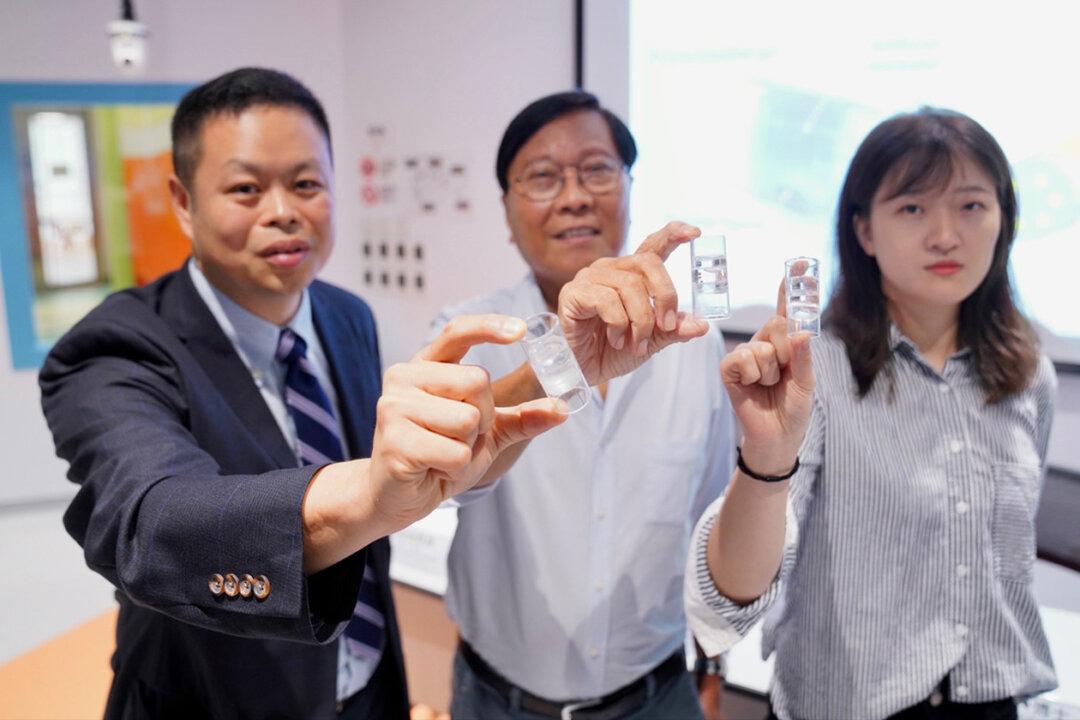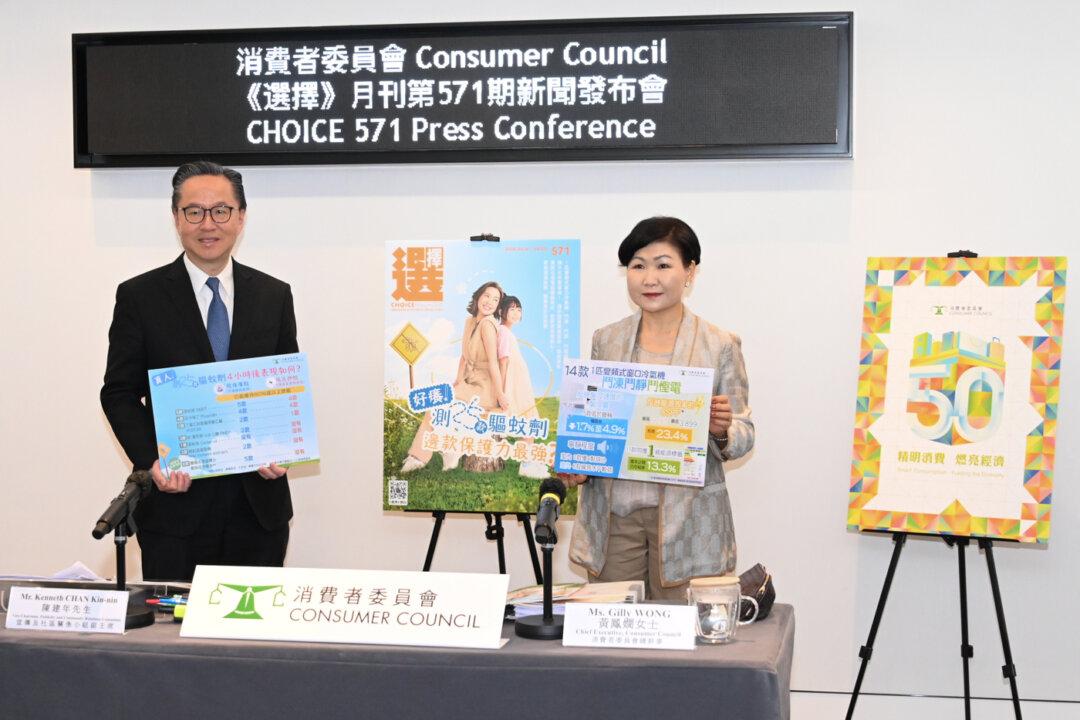The Education University of Hong Kong (EdUHK), the City University of Hong Kong, and The University of Hong Kong have conducted a cross-institutional study that has developed a device called the “artificial mussel” to monitor the levels of radioactive substances in seawater. Each “artificial mussel” costs only about HK$8 (approximately US$1).
The “artificial mussel” was invented by Professor Rudolf Wu Shiu-sun and his team from the Department of Science and Environmental Studies at EdUHK. It shares similarities with natural mussels and possesses a strong affinity for metals, allowing it to detect the concentrations and changes of various metals in the ocean. The device has been used in 29 countries and regions worldwide.




